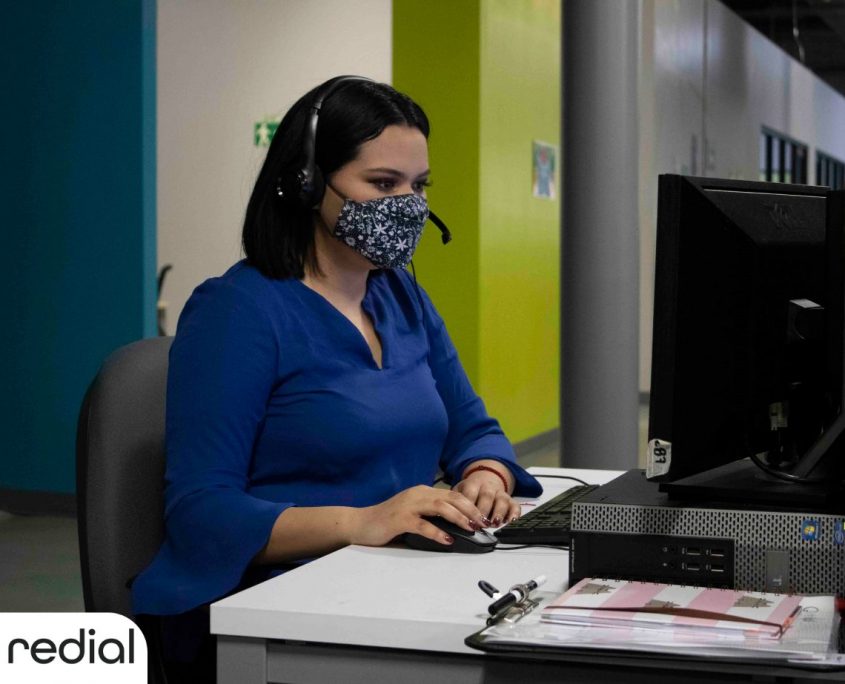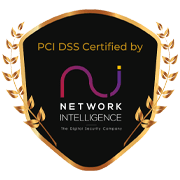US Customer Experience is a Bilingual Affair
Nothing is more fascinating than a look at how the United States is evolving as a consumer market so as And, the changes can be tracked across a wide variety of demographics. None, though, has been as pronounced as the growth of the US Spanish-speaking population. While this trend has emerged over the past two decades, it is clear that companies across verticals continue to grapple with its impact on how they manage end-users.
But one thing is certain – an English-only strategy will not work either today or in the future. So, enterprises must decide how they will ensure a supply of Spanish and English front-line talent and start operations with a bilingual BPO contact center.
Why You Should Offer it?
A good starting point in this discussion is to look at the US Hispanic population using a few key statistics. Consider the sheer size of those that count themselves among this community, which the US Census Bureau places at nearly 60 million. This is a submarket roughly the size of the United Kingdom or Italy! And what should not be ignored is its increasing buying power. Household incomes for members of the US Hispanic community have continued to rise over time, a trend that appears to be ongoing.
Logically, this means more consumption of services and products by American Hispanics, which will require a variety of support by agents at BPO contact center that is adept in Spanish. But language is just one thing that BPO contact center executives need to consider in this dynamic.

Taking into account how US Hispanic community members differ from other demographics is very important in how they interact with enterprises. For one, the service culture is different. Those with experience in the American BPO contact center space will speak of how agents have longer interactions with callers speaking Spanish (which tend to be much more conversational), compared to those who choose English.
Equally, the need to service this community digitally will be a major factor in the coming years. This is because of the higher amount of time spent online by US Hispanics than the overall population, coupled with the fact that the majority of US Hispanics are under 30 years old. Brands will have to be better at tailoring a digital strategy to this Spanish-first community.
Expansion opportunities Nearshore
This raises the question around the best business model to service the US Hispanic community, and BPO contact center professionals should take into account some hard realities. The first of these is that onshore delivery simply is not viable, with low unemployment rates in the US driving up labor costs. This is notwithstanding that domestic bilingual delivery has traditionally been more expensive than English-only.
Equally, there is offshore. Realistically though, the main locations overseas servicing the US (Philippines and India) have small numbers of Spanish speakers. That takes this option off the table. The bpo contact center nearshore is really the only choice for US enterprises, and the closer to the US the better.
This is why Mexico–the country to which most US Hispanics trace their ancestry–retains so much interest among buyers of BPO contact center services. Not only is it closer than any other country in the nearshore, but the understanding of US commercial and popular culture cannot be compared in any other part of the region.
The variety of delivery points in Mexico is important, too. US consumers can be supported from as far south as Mexico City, all the way to Tijuana, which borders California (where bilingualism is also pervasive).
Bottom line – the US is no longer an exclusively English play, and enterprises need to get serious in supporting Spanish as a business line. To avoid this reality is to simply lose business over the long term.





